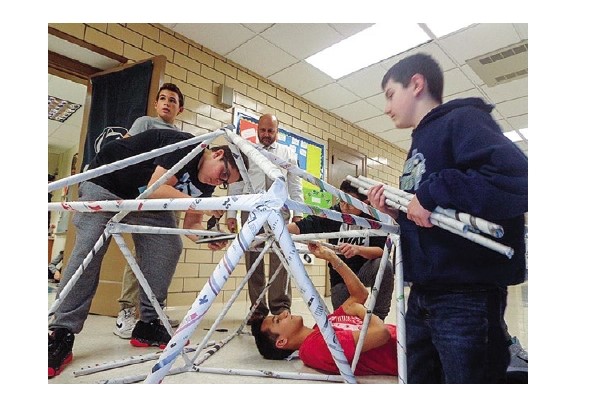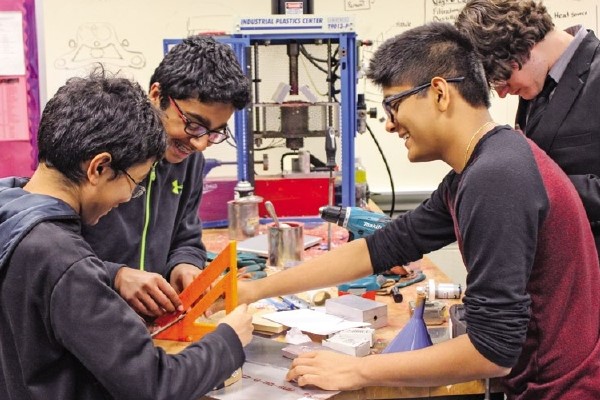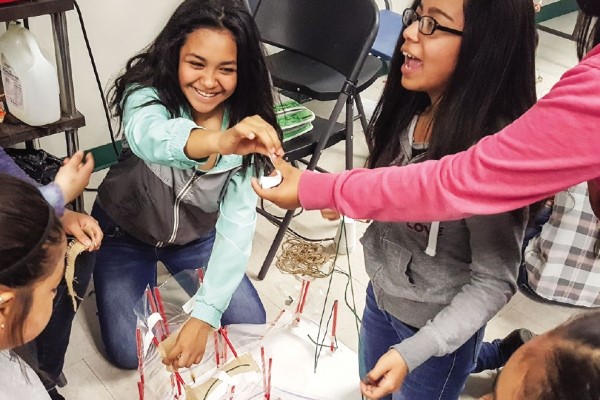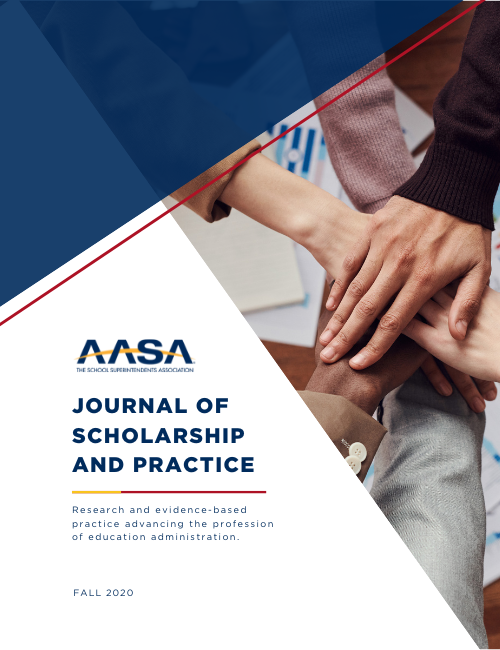May 2017: School Administrator
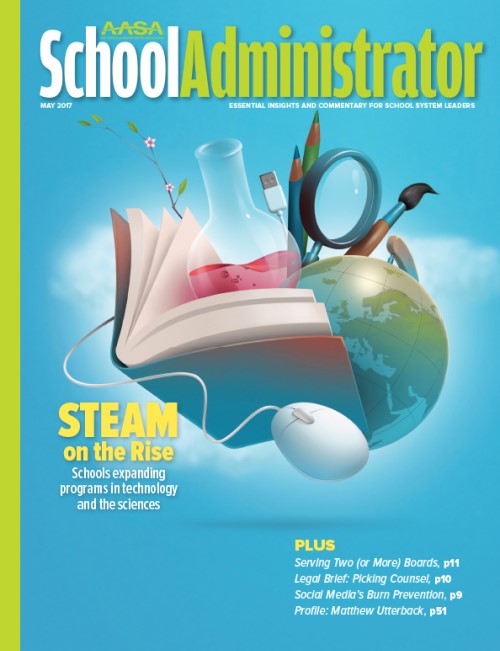
Schools expanding programs in technology and the sciences
Advertisement
Additional Articles
-
 A Few Lessons About Launching a Districtwide STEAM Initiative
A Few Lessons About Launching a Districtwide STEAM InitiativeA school system revamps its instructional delivery around problem solving and creative designs for the modern work world.
-
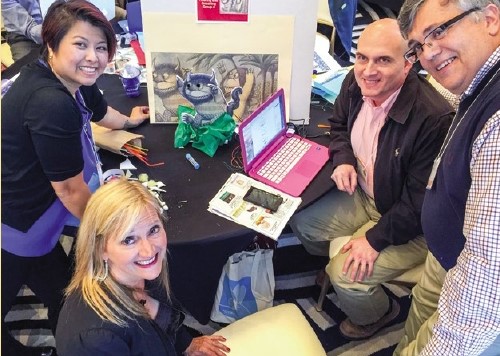 Two Fundamental Facets to Implementing a STEAM Model
Two Fundamental Facets to Implementing a STEAM ModelA school system revamps its instructional delivery around problem solving and creative designs for the modern work world.
-
 Rural Districts Can Be Pacesetters in STEM
Rural Districts Can Be Pacesetters in STEMEven with limited resources, schools far from urban centers are making real-world partnerships for pursuing science and technology.
-
STEM for all in Alief
The Alief district in Texas is using field experiences in its forward-looking instructional program to build postsecondary readiness.
-
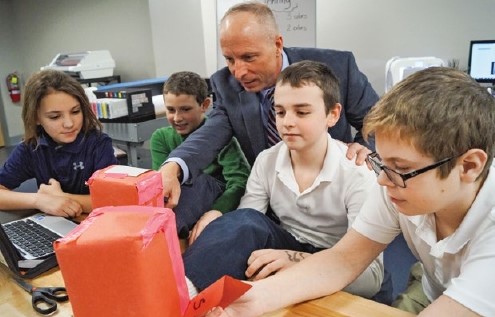 Innovation Springs from Lament About Soft Skills
Innovation Springs from Lament About Soft SkillsHow one district responded after the Board publicly lamented that the area’s high school graduates were not prepared to enter the workforce.
-
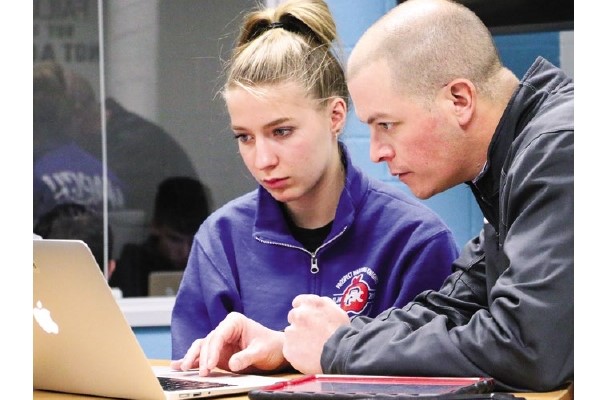 Coding: The New 21st Century Literacy?
Coding: The New 21st Century Literacy?Computer science is gaining a foothold in K-12 schooling, but the lack of qualified instructors and gender imbalance remain central challenges.
-
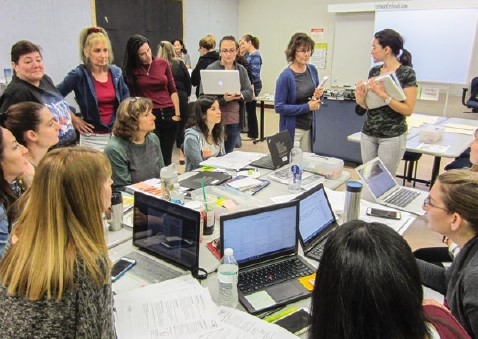 Code.org: A Resource for Computer Science in Your District
Code.org: A Resource for Computer Science in Your DistrictComputer science is gaining a foothold in K-12 schooling, but a lack of qualified instructors and gender imbalance remain central challenges.
-
 Why Pursue a First Superintendency?
Why Pursue a First Superintendency?Motivations for the first superintendency application.
-
 Precedent Without Policy
Precedent Without PolicyOur panel considers the issue of a teacher arrested for drunk driving when the district has no policy on misdemeanors.
-
 Navigating the Inevitable Storms
Navigating the Inevitable StormsWhether you know it’s coming or not, a social media storm can wreak havoc. Here’s how to minimize the damage.
-
 Pointers and Pitfalls When Picking Counsel
Pointers and Pitfalls When Picking CounselKeep in mind you are selecting an attorney for your employer, not yourself, says this veteran school boards lawyer.
-
One Superintendent, Multiple Boards
When two or more districts share one leader, four measures can make the arrangement work more effectively.
-
Two Lessons Extracted From My Root Canal
Encouraging a client-centered approach where students and teachers use state-of-the-art technology to save the future.
-
Criminal Justice Policy is Education Policy
Two Economic Policy Institute researchers on incarceration practices that directly bear on student outcomes.
-
.png?sfvrsn=2c854cfb_9) Where Do We Go From Here?
Where Do We Go From Here?Although each election involves a choice between candidates — their ideas and proposed policy direction — this election seemed very different to a lot of folks. I understand that many friendships ended over the recent presidential election.
-
 An Old Challenge But New Opportunity for Equity
An Old Challenge But New Opportunity for EquityThe hand wringing and worrying about the future under the current administration in Washington, D.C., will open a new chapter for public education.
-
 School-Based Child Health Outreach and Enrollment
School-Based Child Health Outreach and EnrollmentA Q&A with Sharon Adams-Taylor, who guides AASA's partnership with the venerable Children's Defense Fund.
-
Thinking Like a Scientist Is an Adventure
The CEO of JASON Learning describes the need for stimulating STEM content.
-
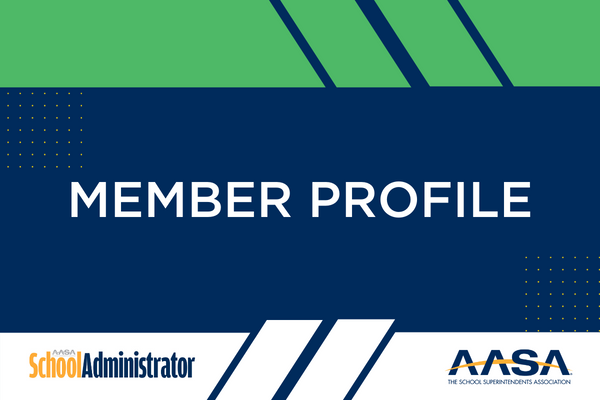 His Leadership Lens Sees Equity
His Leadership Lens Sees EquityThe leader of Oregon’s North Clackamas schools relentlessly focuses on racial equity. He’s also the 2017 National Superintendent of the Year.
Staff
Editor's Note
Coding's Fascination
Every few days, I see references to coding and why these skills ought to be taught to students as early as elementary school. Often, the context for what I’m reading has something to do with the state of jobs in our economy and the transformation of the workplace.
One recent analysis in The New York Times about the escalating presence of robots in the manufacturing sector suggested the teaching of technical skills that involve creativity and collaboration could give an edge to humans over machines.
In this month’s issue on STEAM (that’s STEM plus the arts), Scott LaFee’s article “Coding: The New 21st-Century Literacy?” describes the foothold computer science is making in school systems, despite the shortage of qualified instructors. He documents the growing enrollment in AP computer science and describes experiences of schools in Maryland, Illinois and Florida to address parent and student demands for expanding the tech curriculum.
One excellent resource for doing so is addressed in a companion article written by the director of outreach for Code.org in Seattle. Code.org has curated a list of high-quality, third-party resources to help districts make appropriate decisions. Seems like a logical starting point.
Advertisement
Advertisement

